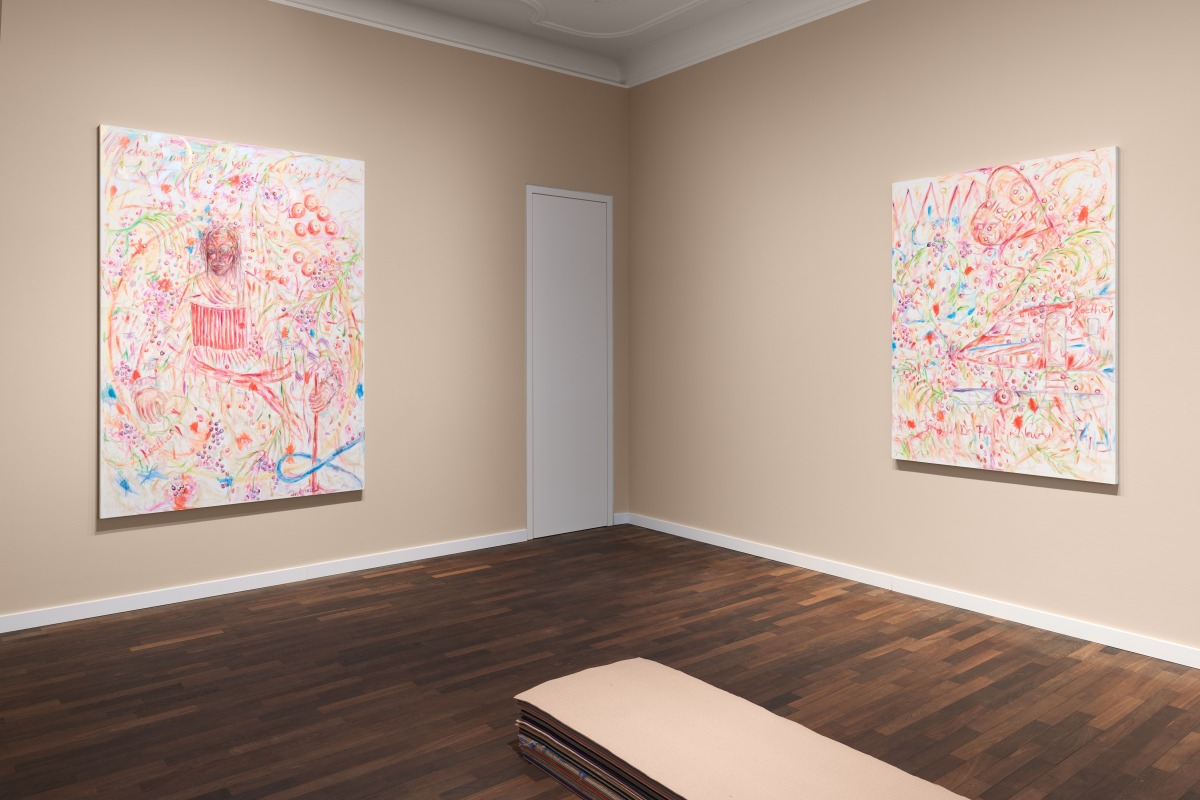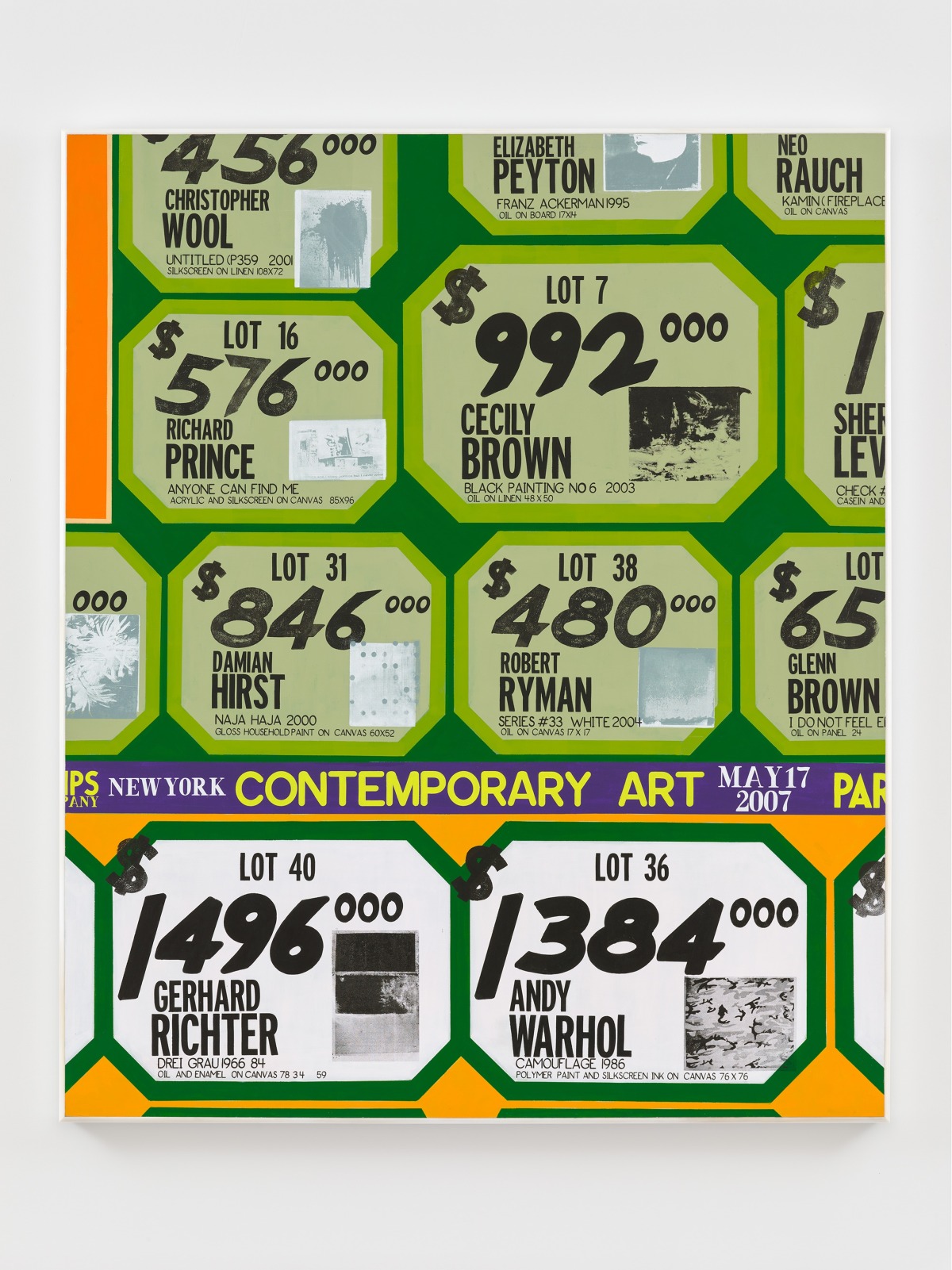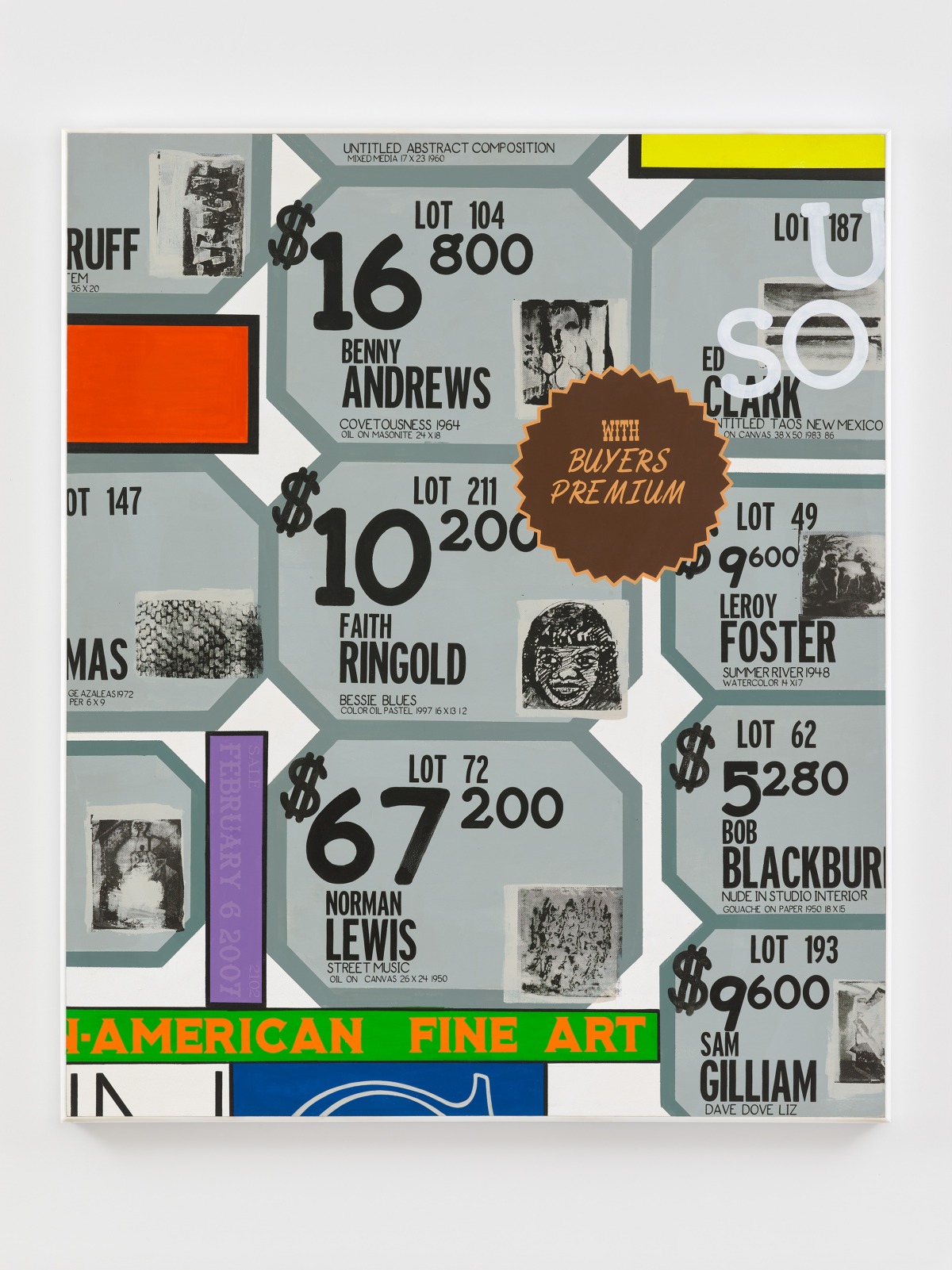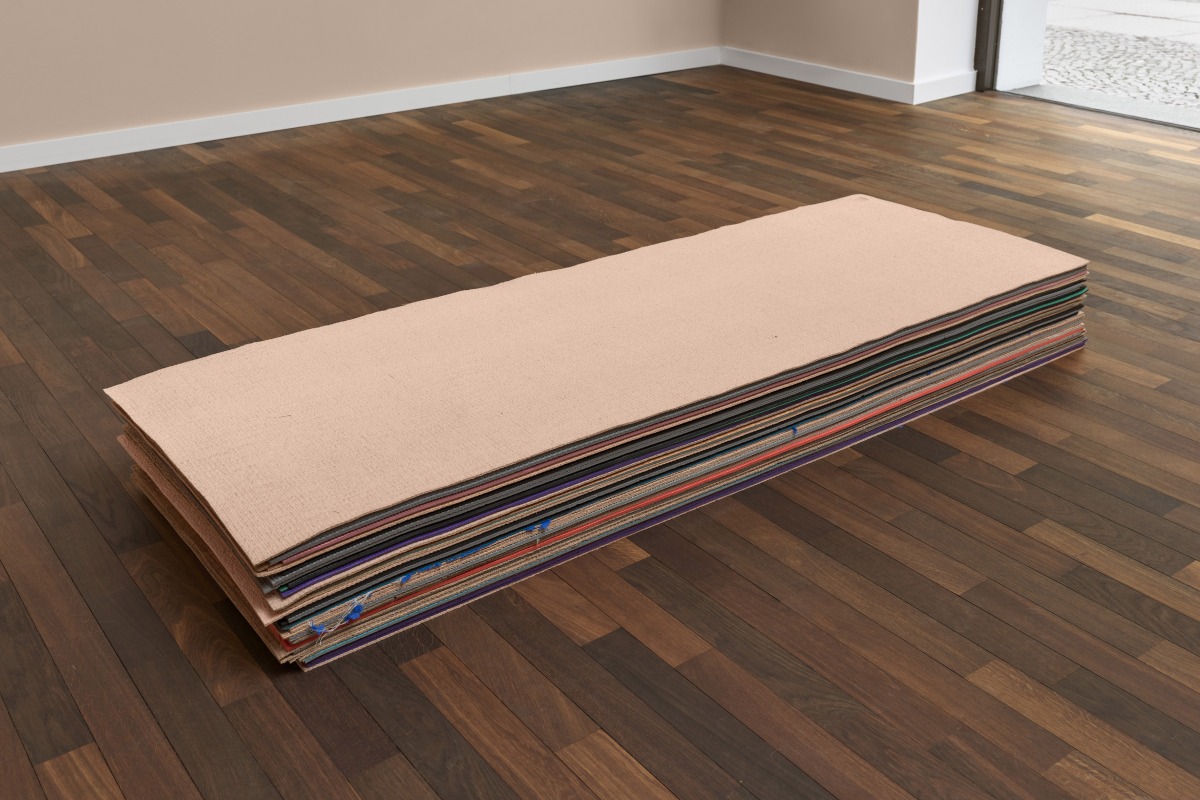In recent years, the art market has once again undergone a structural change. While, on the one hand, its actors have partly migrated into the digital realm, some mega-galleries, on the other hand, have opened their branches in analogue luxury resorts such as Aspen, Monaco or Menorca, where their wealthy clients may keep to themselves. I have coined the term ‘resortisation' for these developments, which significantly influence the conditions of artistic production and reception.1 ‘Resortisation’ means saying goodbye to the Habermasian ideal of a critical public sphere, which is traditionally responsible for evaluating art.2 In contrast, the analogue luxury resort opens its gates only to the economic elite who can afford the journey and the stay. Theoretically, everyone with an internet connection could participate in the events via social media. However, even there – on Instagram, for example – one remains in a resort-like bubble in which, according to Vera King, digital connectedness is confused with social relationships.3 The price of visibility on such platforms is the obfuscation of the social contexts which make artworks symbolically meaningful. Even in the luxury resort, the lack of critical evaluation makes it difficult to comprehend what is symbolically at stake in artistic practices – which is not to say that their meaning is ever entirely bound up with those contexts.
Against this backdrop, the exhibition In Defense of Symbolic Value explores what it means for artistic practices to increasingly circulate between luxury resorts and digital bubbles. A specific focus is placed on practices taking place within the commercial sphere. The exhibition asks: How can the symbolic value of art – that is, the value of its symbolic accomplishment that is negotiated elsewhere – be determined in the luxury resort when those who traditionally determine this value are absent? Online, symbolic value has been replaced by quantitatively measurable achievements (the number of likes, followers, or market prices). In Defense of Symbolic Value counters this tendency to quantify art by insisting on the non-numeric measurability of symbolic value. Precisely because its relevance seems to decline both online and offline, symbolic value is declared here to be the central artistic accomplishment – one that has to be situatively negotiated again and again. The exhibition thus focuses on that which art achieves under resort conditions.
In Defense of Symbolic Value presents the works of nine artists who deal, some more explicitly than others, with the current shift towards a resortized art economy. What the works on view have in common is that the current change in the sphere of circulation become visible in the artworks themselves. Some works allude to their own value-generating potential, either by taking the new conditions of the resort as their material or by producing allegorical images of this particular phase of capitalism. Some works operate with signs or language, as if intending to counter the current ‘evaluation society’ (Steffen Mau) with something more discursive. Further artists allude to the importance of social contexts, compensating for the loss of contextual knowledge in the resort. Finally, the triumph of digital culture is also taken into account, in some instances by incorporating digital processes and in others by alluding to the new forms of social interactions generated by social media.
In view of the increased importance of distribution and circulation under resort conditions, this exhibition places particular emphasis on the production of an artwork, on the specifics of artistic labour. Visible traces of labour, after all, point to the specificity of art as a commodity. However, it is certainly true that works of art, like financial assets, tend to conceal their working contexts – this all the more so when they circulate in a financialized or resortized economy. But unlike assets, works of art may give the impression that they have been saturated with the realities of artistic labour, turning them into assets of a special kind.
In the resort, therefore, we encounter both an abstraction from artistic labour, whose specificity gets eclipsed here, as well as a fetishisation of that which supposedly or in fact distinguishes it from other forms of labour. In this exhibition, in order to symbolically integrate the equally concealed and fetishized artistic labour in the resort, the participating artists were asked to record the sound of their working process (sometimes in an abstracted form). The musician Jens-Uwe Beyer has compressed these recordings into a soundtrack that functions as a kind of acoustic bracket for the exhibition.
All artists included in In Defense of Symbolic Value use painting (or, in some cases, painting without painting) as their medium. The popularity of this “success-medium” has been unbroken under resort conditions; even after the much-invoked dissolution of the arts, painting still finds itself at the top of the artistic hierarchy, as exemplified by its continued prosperity on the auction market. If only for this reason, painterly practices are well positioned to engage in the reflection of value generating processes. They look back on a long history in this respect – a history of value reflection that can be traced back to the early modern period and that is continued with this exhibition.
Isabelle Graw
1 Isabelle Graw, ‘Welcome to the Resort. Six Theses on the Latest Structural Transformation of the Artistic Field and its Consequences for Value Formation,’ in Texte zur Kunst 127: “Resortization” (September 2022), pp. 43–70.
2 Admittedly, this old ‘critical public sphere', as favoured by Habermas, is embedded in a problematic nation-state framework. It is also shaped by colonial thinking and heteronormative premises. Nevertheless, despite these deficits and exclusions, this public sphere at least represents a framework within which its shortcomings can be discussed and theoretically eliminated.
3 See ‘Das Unbehagen ist ein erster Ansatzpunkt,’ interview with the sociologist and social psychologist Vera King at the start of the conference ‘Das vermessene Leben’, in: https://aktuelles.uni-frankfurt.de/gesellschaft/das-Unbehagen-ist-ein-erster-Ansatzpunkt/.
Press contact:
Galerie Max Hetzler
Honor Westmacott
honor@maxhetzler.com
Berlin: +49 30 346 497 85-0
www.facebook.com/galeriemaxhetzler
www.instagram.com/galeriemaxhetzler








